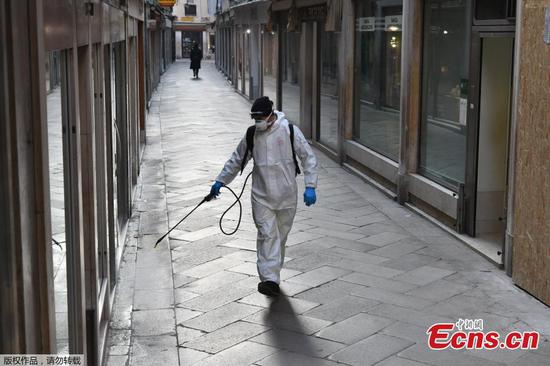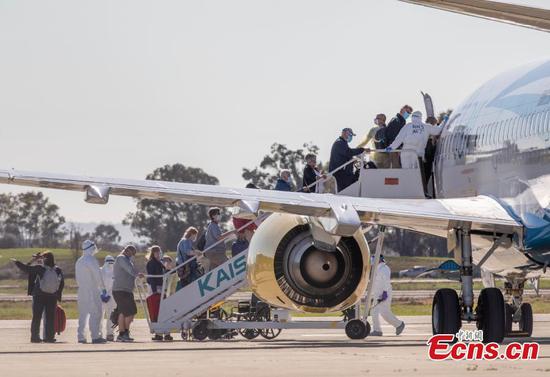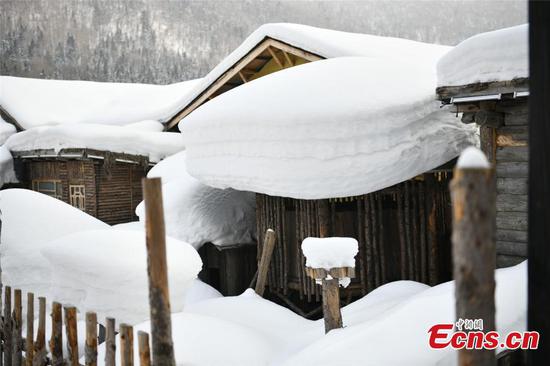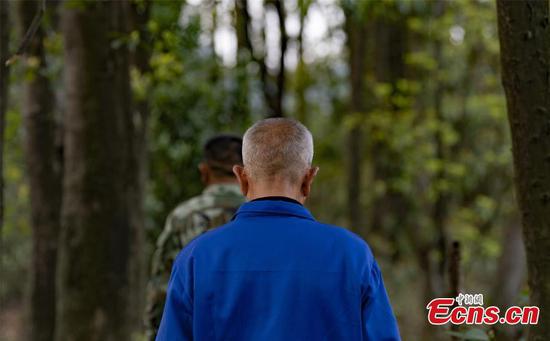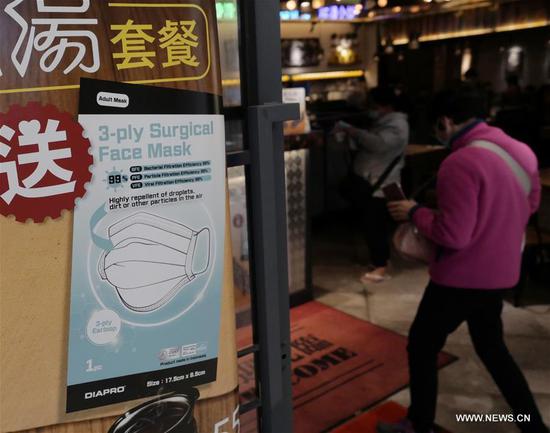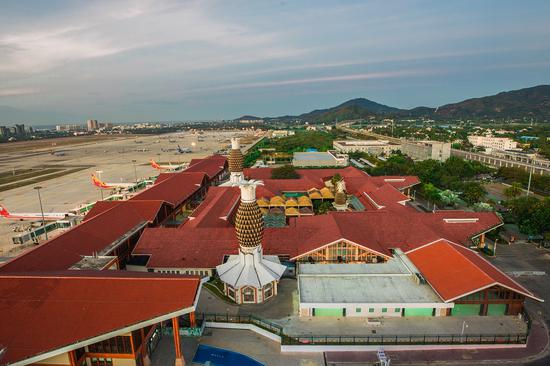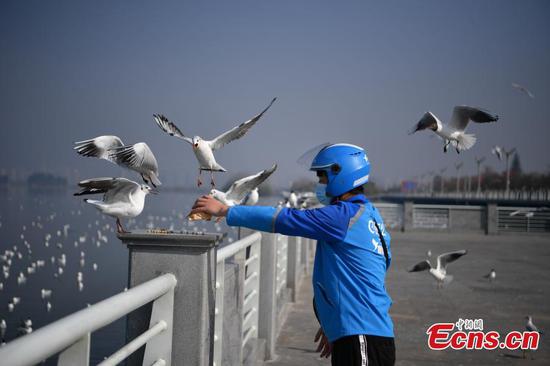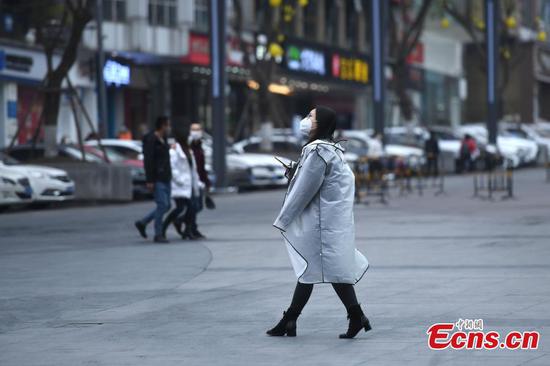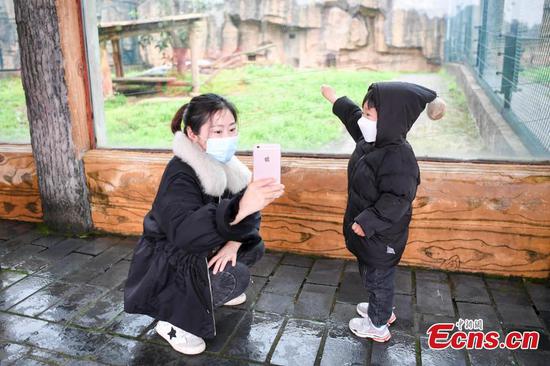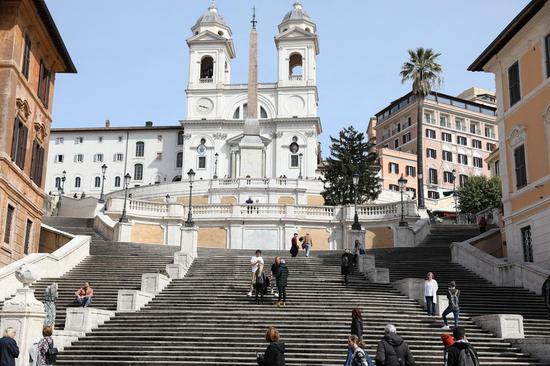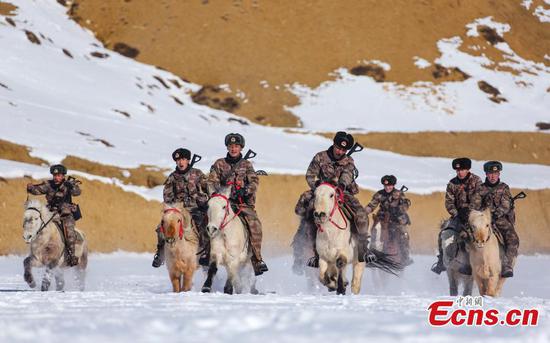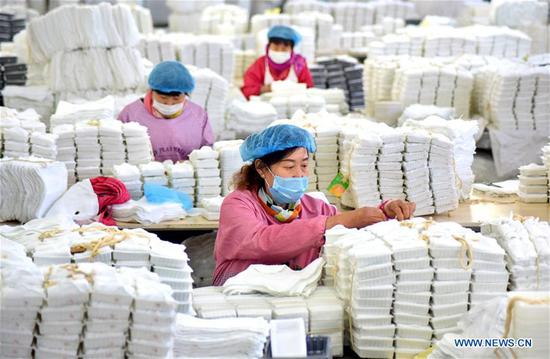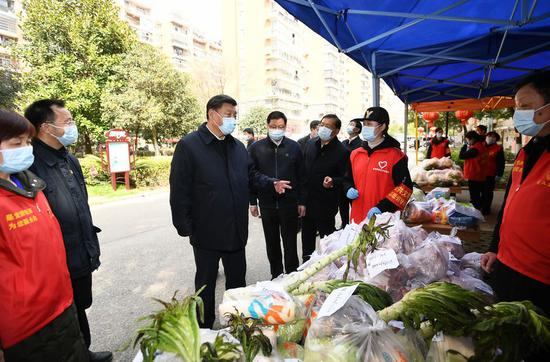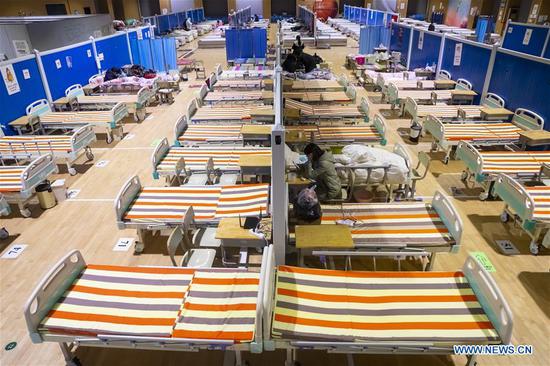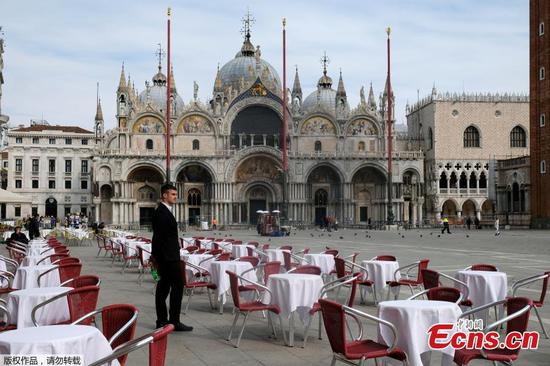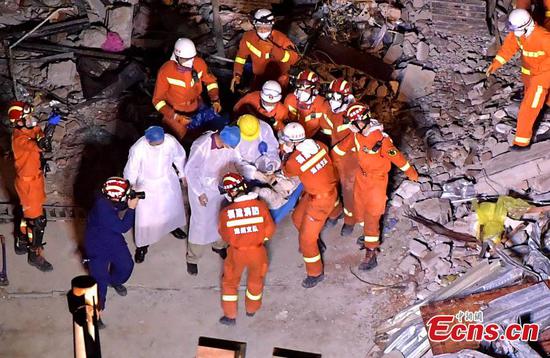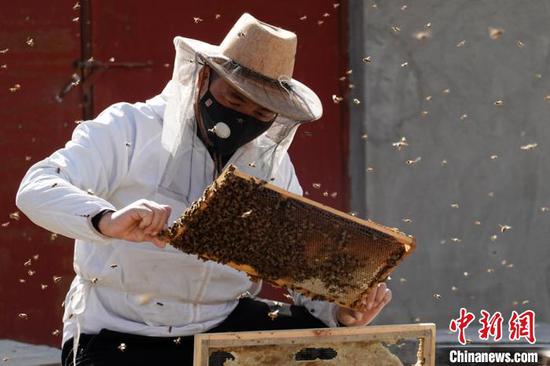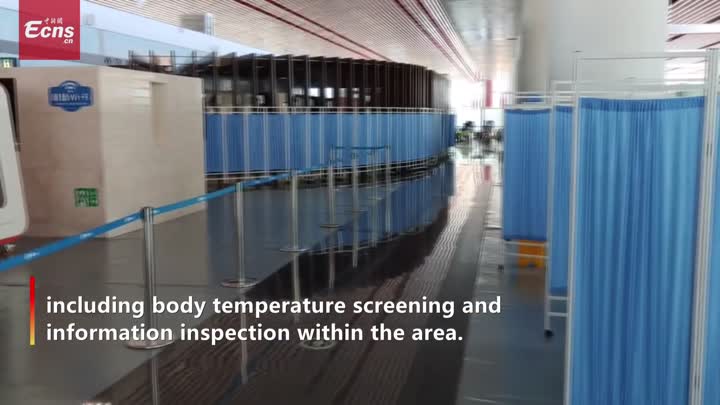The spread of the coronavirus in the United States has forced hundreds of K-12 schools to close for days or weeks, affecting more than 850,000 students, and those numbers are expected to increase.
As of Wednesday, 1,251 schools have been closed or are scheduled to close, affecting 856,520 students, according to the education publication EdWeek. There are 132,853 public and private schools in the U.S. and almost 50.8 million students, according to the National Center for Education Statistics.
Globally, 14 countries — including China, Italy, Japan and South Korea — closed all their schools, affecting more than 290 million children, according to the United Nations.
Many of the school closures in the United States have been for just a day or two so workers could deep-clean schools where officials are worried about exposure to the virus. But some school districts close to larger outbreaks have announced longer-term closures.
In Washington state, the epicenter of a burgeoning national coronavirus crisis, Governor Jay Inslee on Wednesday ordered schools to immediately begin contingency planning for potential closures in the next several days.
He said schools should be planning for how they can provide meals and other needs for students if they are forced to close.
All Seattle public schools will close for at least two weeks starting Thursday amid concerns over the spread of the novel coronavirus, The Seattle Times reported, citing an email that went out to school administrators.
Since Feb 27, at least 115 public and private schools and universities in Washington state have closed for one or more days to prevent the spread of the illness.
The Northshore School District is one in the state that has closed. It has more than 23,000 students near Kirkland, where a nursing home has been linked to 14 COVID-19 deaths. The school district is affluent, populated with families who work at Amazon, Boeing and Microsoft, and has moved classes online.
Michelle Reid, superintendent of the school system, said she decided to close the schools when she learned that 500 members of her staff — including bus drivers, veteran teachers and pregnant administrators — were at risk of developing serious complications if they contracted the virus.
"I believe they're superheroes, but they're not immune to this virus," Reid told The Washington Post. "I concluded there was no way I could safely operate the district."
The Lake Washington School District announced it will be closed starting Thursday, until at least March 30. The Bellevue School District will close beginning Friday and will remain closed at least through March 30.
Closing a school system for even a few days can present major problems. Many parents can't afford to miss work to stay home and would struggle to find child care – if they can afford it. Sending a child home alone has its own risks.
In the U.S., as of 2018, 1 in 3 private-sector workers and 7 in 10 low-wage workers lacked paid sick days, according to the National Partnership for Women & Families. Those with paid sick days may not be allowed to use them to care for a family member.
Millions of students rely on schools for meals. According to the United States Department of Agriculture (USDA), more than 30 million get at least one meal a day at their schools.
In New York City, the nation's largest school district with more than 1.1 million students, 750,000 are considered low income, including 114,000 who are homeless, according to The New York Times.
New York City Mayor Bill de Blasio said he was reluctant to close schools and would do so only on a targeted, limited basis — what he called a "pinpoint response''.
New York City Council Member Mark Levine said Wednesday that officials have to consider the ripple effects of any mandatory closures.
"If we close the schools, hundreds of thousands of kids will have nowhere to get lunch and breakfast," Levine told CNBC. "Parents will be home providing child care, unable to go to work."
The question of the vulnerability of children to the virus is another consideration for officials looking at closing schools. But there is no definitive answer. There have been relatively few cases of children with the coronavirus, and those who did get it were far less likely to develop serious complications, according to the World Health Organization.
"I have one foot deeper into 'don't close schools' right now than 'close them,'" said Michael T. Osterholm, director of the Center for Infectious Disease Research and Policy at the University of Minnesota. "And I can't even say closing down schools to clean them will make a difference. The data isn't there."
He also said an estimated one-third or more of women in the U.S. who are nurses are also primary-care providers for children younger than 18.
"If we take these nurses out of work, we are not just talking about closing schools but also about the impact we are having on health care, which can be dramatic," Osterholm told The Washington Post. "It is too knee-jerk a reaction to say just close schools out of an abundance of caution when there are potentially serious downsides to this."










